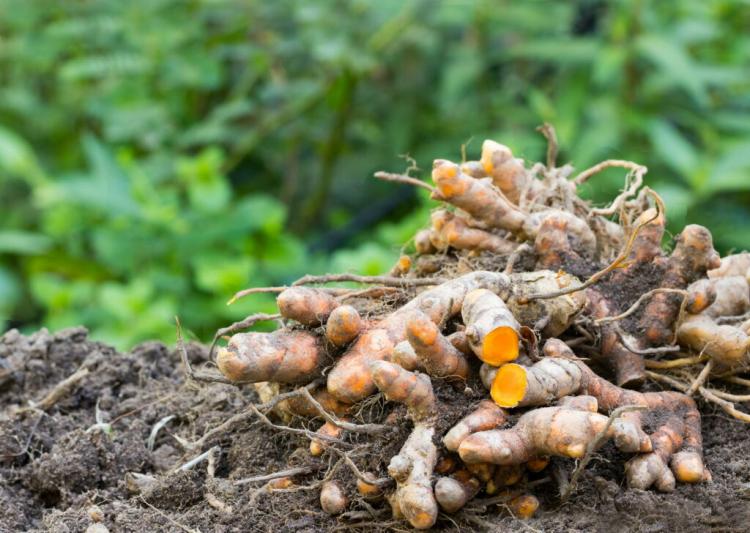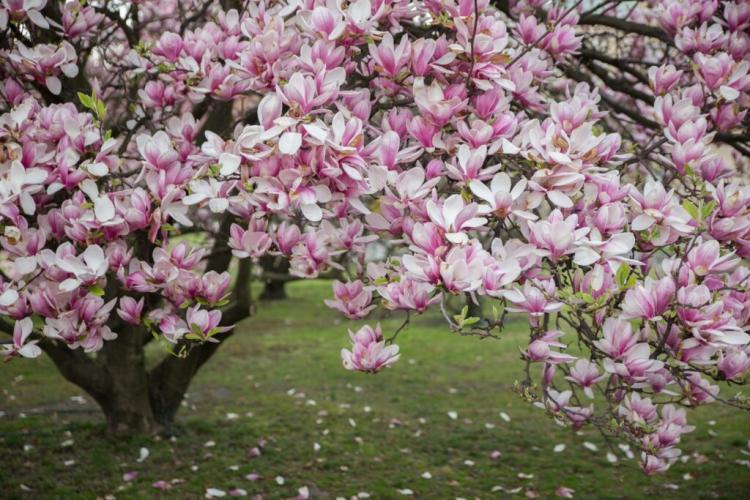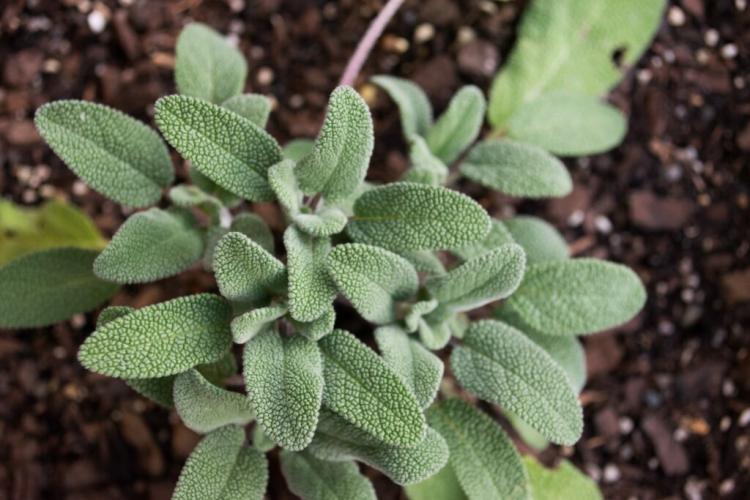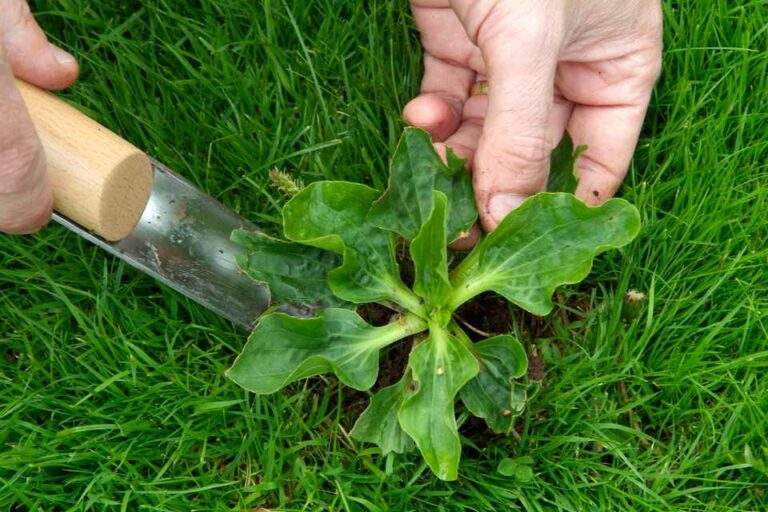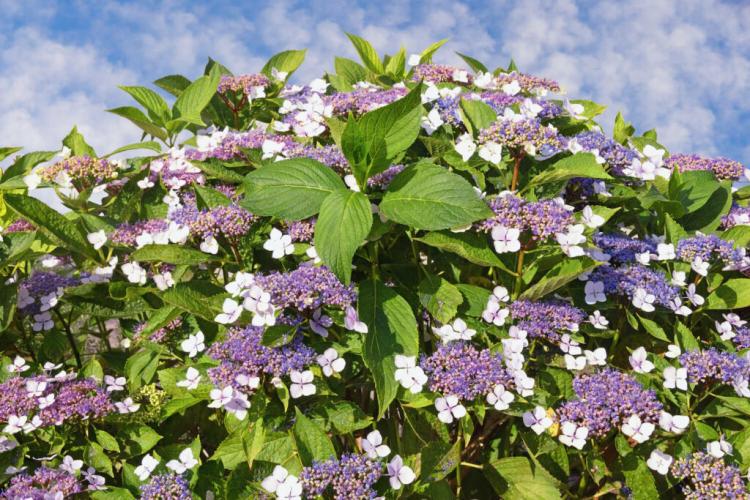Professional Tips For Growing Turmeric
Turmeric has a unique taste and is very healthy. We show how you can grow and propagate turmeric yourself. Turmeric ( Curcuma longa ) belongs to the ginger family ( Zingiberaceae ). The harvested organ is very similar to that of ginger, but in contrast to this, it is intensely yellow in color and contains several other ingredients. We use turmeric mainly as a dried spice, for example in curry mixes.
The delicious, slightly earthy-bitter taste and the ability to color food intensely yellow make turmeric a popular substitute for the expensive saffron. Turmeric is all the rage right now. Whether as capsules, in tea, or as part of the so-called golden milk, healthy turmeric is now used everywhere. In the following, you will learn how the plant came to us and how you can grow and propagate turmeric yourself.
Turmeric: Origin and History of Turmeric
Table of Contents
Turmeric, which is probably native to Southeast Asia and grows herbaceously, is only known as a cultivated plant. However, turmeric was already traded in southern Europe in ancient times. Later in the Middle Ages, the spice came to Germany. Nowadays it is grown in many tropical areas, with India being the main producer and also the largest consumer.
Buying turmeric: what to keep in mind
Since we offer turmeric almost exclusively as a dried powder, the first question that arises is where you can get fresh turmeric from. The quickest way to find what you are looking for is usually a well-stocked Asian market. Here the rhizomes are usually not that expensive. If there is no Asian market in your area, you can easily order turmeric from an Asian market online shop. It is up to you whether a piece of the rhizome only five centimeters in size or the whole piece is used. Of course, a stately plant will grow faster from a larger part.
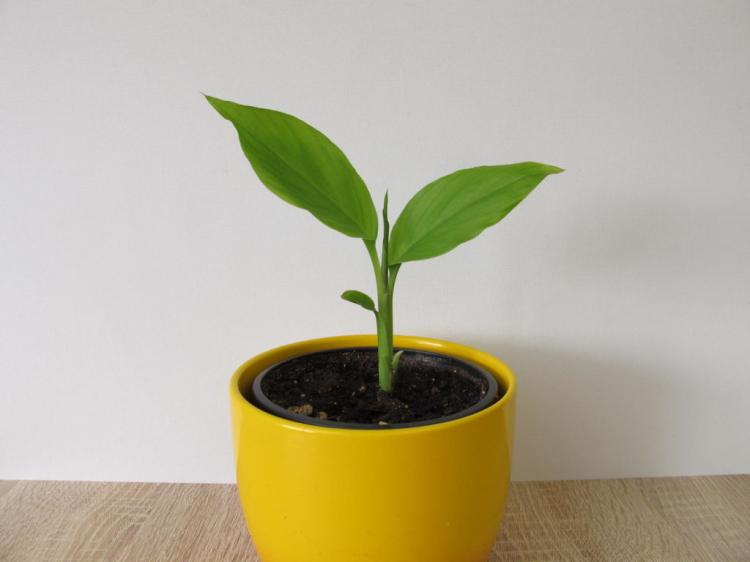
Growing and propagating turmeric
Growing turmeric is quite easy if a few points are observed. This includes, for example, the high-temperature requirements. For this reason, we recommend propagating in spring or summer if possible. First of all, it is important that the interface with parts of a rhizome first dry out for a few days before the turmeric migrates underground.
Use high-quality, well-drained soil like organic herb and seed soil for planting. This is also peat-free and saves up to 60% CO2 in production compared to conventional soils. You also need a pot, which of course should be larger than the piece of rhizome used. Simply fill the pot with soil and dig a hole about five centimeters deep into which the turmeric will be placed. The hole is then covered with earth and poured lightly.
You might so like: Big Rainbow Tomato: How To care And Plant For The Tomatoes Variety
Since the plant is native to the tropics, it is best to choose the warmest location you have available. Now you have to be patient. Depending on the temperature, budding can be fast or slow. As a rule, however, the first shoot should be visible after two to three weeks. Then the plant needs a lot of light and therefore belongs in the brightest place in the apartment.
The turmeric now forms beautiful, large leaves relatively quickly, which form a pseudo-stem. In a perfect location with lots of warmth, even beautiful flowers can emerge. In our opinion, turmeric is therefore definitely suitable as an ornamental plant. After getting used to the direct sunlight, the turmeric can theoretically also be put outside. However, this only makes sense from June to August and only if the temperatures at night do not fall below 15 ° C.
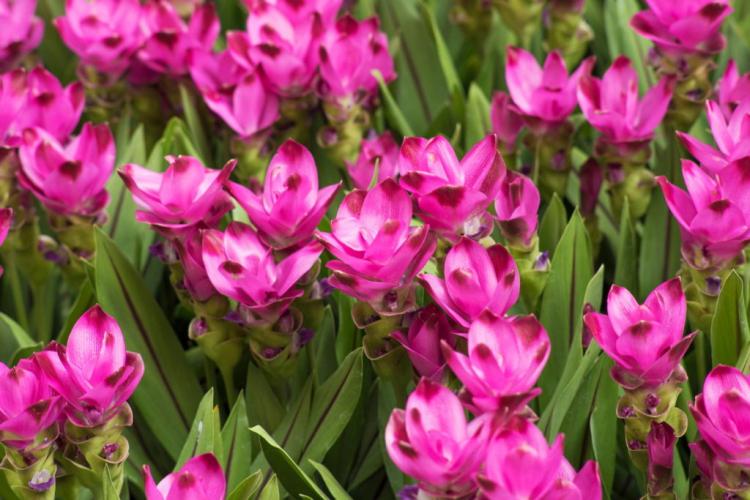
In winter you can either harvest or leave the rhizomes in the pot and overwinter dry at around 10 ° C. In spring (after light watering) the rhizomes can sprout again if you have decided against harvesting. It is of course also possible that you only hibernate part of the rhizome – the decision is entirely yours.
Turmeric: Uses and Ingredients of Healthy Turmeric
In the past, turmeric was mainly used to color paper and of course as an inexpensive substitute for saffron. Otherwise, turmeric was only known as an ingredient in curry-spice mixes. Pure turmeric powder is now being used more and more often as a single spice. Theoretically, turmeric can also be used fresh, but its taste is then rather resinous and bitter and therefore often a bit strange for the European palate. Turmeric is still one of the most important spices in Indian cuisine. It is mainly used in Ayurvedic healing, as it is said to have cleansing and energizing properties.
In the meantime, turmeric has also moved into the focus of research, as the plant is based on all sorts of positive properties. A key ingredient is a curcumin. The dye responsible for the yellow color has cancer-inhibiting, antioxidant, and anti-inflammatory effects. Anti-inflammatory properties have already been demonstrated in patients with knee osteoarthritis.
You might so like: Epipremnum Care: Expert Tips On Buying, Multiplying For Pothos Plant
The cancer-inhibiting effect relates primarily to colon and breast cancer. Curcumin can also promote bone health. The health-promoting properties only occur if turmeric is eaten regularly and in sufficient quantities. So if you are a fan of Indian cuisine, you have a clear advantage here. So that curcumin is even more effective for humans, the combination with black pepper is recommended. There is piperine in the pepper, which makes curcumin more available to humans.
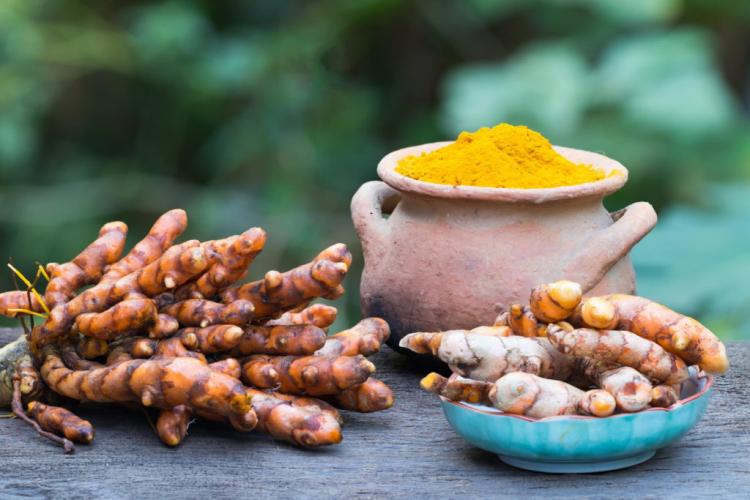
As you can see, turmeric is a veritable wonder plant that can also be easily grown at home. Whether as an ornamental or rather as a useful plant, the cultivation of turmeric is definitely worthwhile.
